
Key Points
- Tesla electric car benefits from value, efficiency, tech
- Model Y is a more practical, SUV version of Model 3 sedan
- Has become the world’s best-selling EV in less than two years
The Tesla Model Y electric SUV has become a common sight on Australian roads.
Despite just launching in August, the Model Y has quickly become the second-best selling electric vehicle in the country in 2022 – and is poised to overtake its popular Model 3 sedan twin.
Compared to the more affordable BYD Atto 3 electric car – which only launched a month later – the Tesla SUV still outsold it by more than four times.
It’s reflected in global EV sales, where the crossover SUV has become the world’s best-selling EV in less than two years, launching in the USA in 2020 before expanding globally the year after.
So what makes the Tesla Model Y a favourite EV among the growing sea of other electric models?
Note: Global figures below are based on data up to the end of November 2022 since December statistics haven’t been published at the time of writing.
Source: EV-Volumes via InsideEVs
Price and value
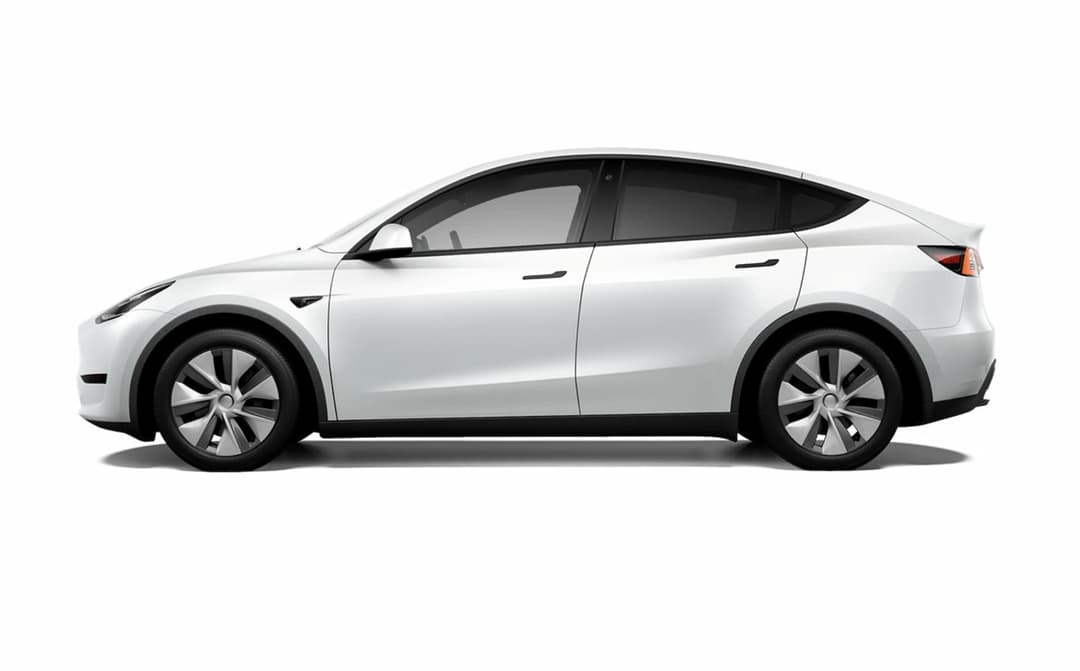
With a recent price cut, the Tesla Model Y rear-wheel drive (RWD) now starts from $68,900 before on-road costs and incentives, while the flagship Performance is priced at $94,900 at the time of writing.
While it’s not exactly a ‘cheap' EV – with the smaller MG ZS EV and BYD Atto 3 electric SUVs more affordable at the $50K mark – the American carmaker packs most equipment as standard on the base RWD variant.
This includes features such as the large 15-inch infotainment system; dual Qi wireless phone charging pads; panoramic glass roof; heating functionality on all five seats; ‘Basic Autopilot’ safety assistance systems; built-in all-round dashcam; and a high-efficiency particulate absorbing (HEPA) cabin filter.
While its starting price is in line with the Hyundai Ioniq 5 ($72,000), Kia EV6 ($72,590) and Volvo XC40 Recharge ($73,990), the key advantage of the Chinese-made Tesla electric SUV is its value.
Additionally, despite the strong demand, relatively short waiting times, more than 95 per cent of its supply chain of parts coming from China itself, and no limit on supply allocations to Australia means it has garnered more interest from would-be EV buyers – who don’t want to be on a nebulous waiting list for any longer.
Tesla also doesn't require regular scheduled services; it's condition-based and offers a mobile service for minor jobs.
Practicality
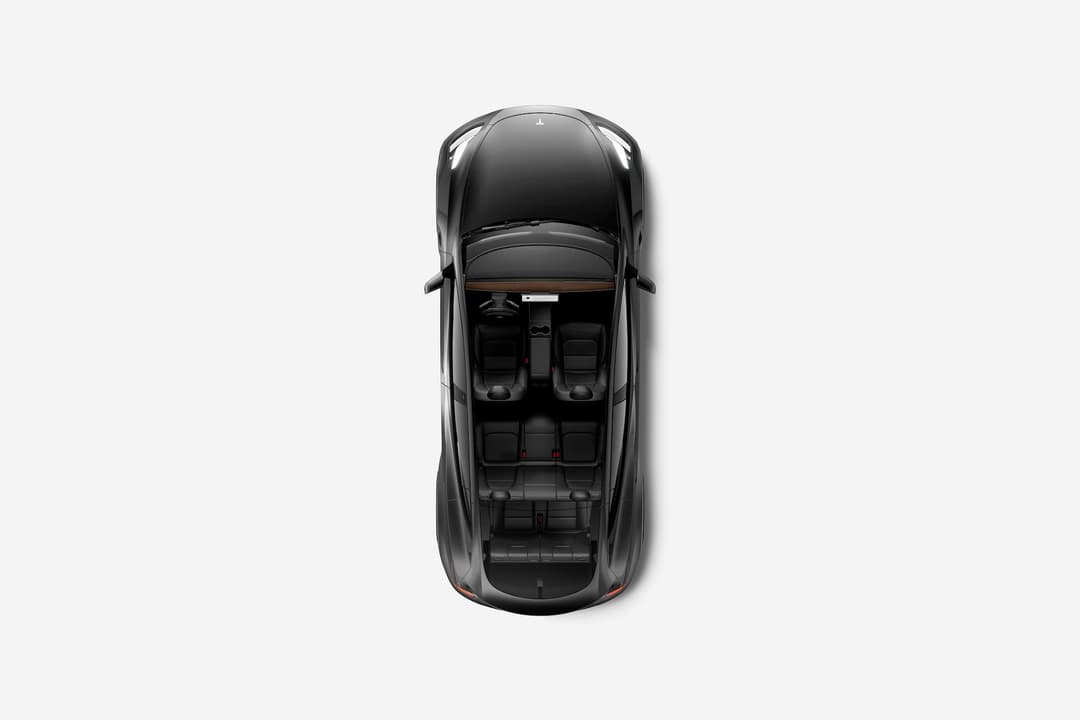
NOTE: Overseas model pictured. Australian Model Ys don't have third-row seats
The introduction of the Tesla Model Y addresses a key bugbear of the related Model 3 sedan’s shortfalls: practicality.
As we’ve compared here, the Model Y gains the hallmarks of an in-demand ‘SUV’ – a higher seating position, elevated ground clearance, and a more accessible hatchback- or wagon-style boot opening.
Notably, the boot is 293-litres larger, the frunk is 29-litres more, and is even rated to tow heavier loads compared to the Model 3.
Then, there’s the extra features the Model Y gains, including the standard ‘premium audio’ system; HEPA interior air filter (dubbed Bioweapon defence mode); panoramic glass roof that doesn’t have a centre crossbar in the middle; and 40/20/40 split folding rear seats.
Efficiency and performance
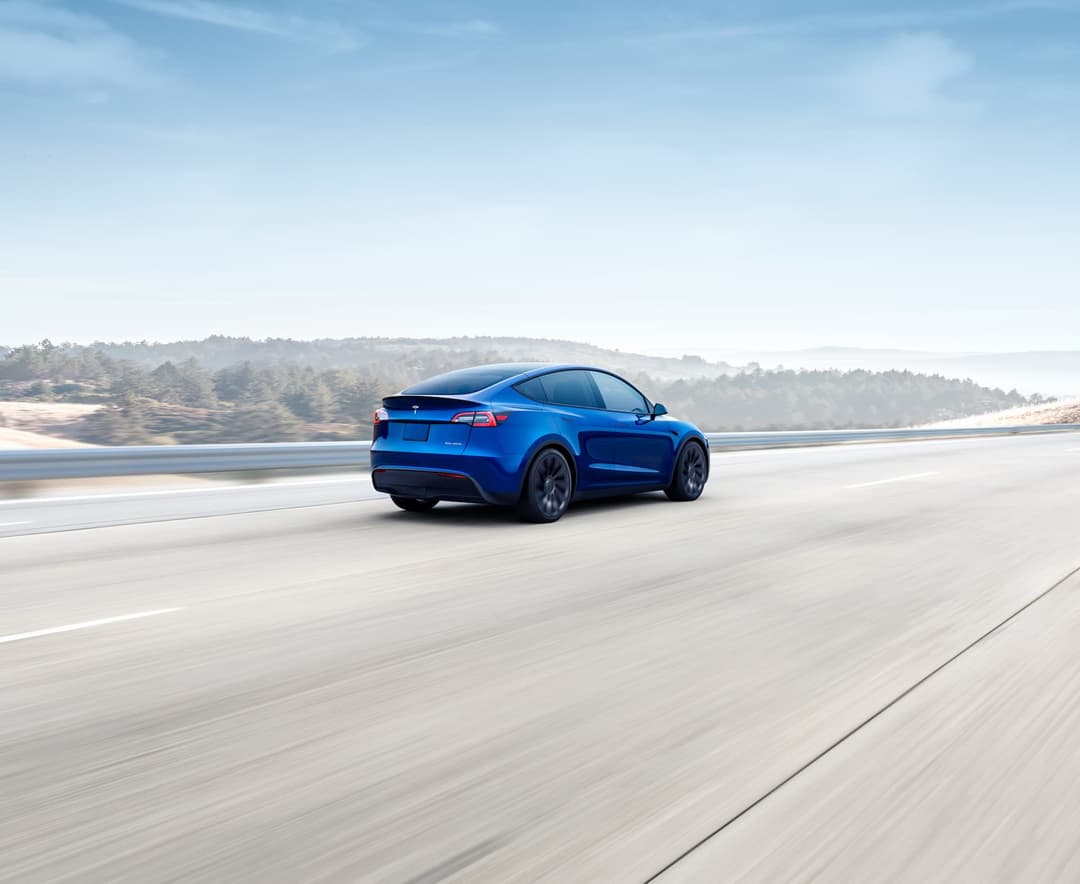
While the bloated dimensions make the Model Y electric SUV less aerodynamically efficient than the Model 3 sedan, Tesla’s experience in developing EVs as an early mover has allowed it to achieve both efficient electric drive units and strong performance figures that are rarely matched by its rivals today.
The flagship Tesla Model Y Performance is all-wheel drive with dual electric motors producing 413kW of power and 660Nm of torque, according to the zecar database. This allows it to sprint from 0-100km/h in a claimed 3.7 seconds.
Meanwhile, it also packs a 76kWh usable nickel-cobalt-aluminium (NCA) battery to offer up to 514km of claimed driving range and energy efficiency of just 151Wh/km on the stricter WLTP cycle.
For context, the closest rival is the Kia EV6 GT which features dual electric motors making 430kW and 740Nm to go from 0-100km/h in around 3.5 seconds.
Yet, its 74kWh usable battery only yields 424km range due to its higher 206Wh/km energy consumption based on the WLTP rating.
Technology
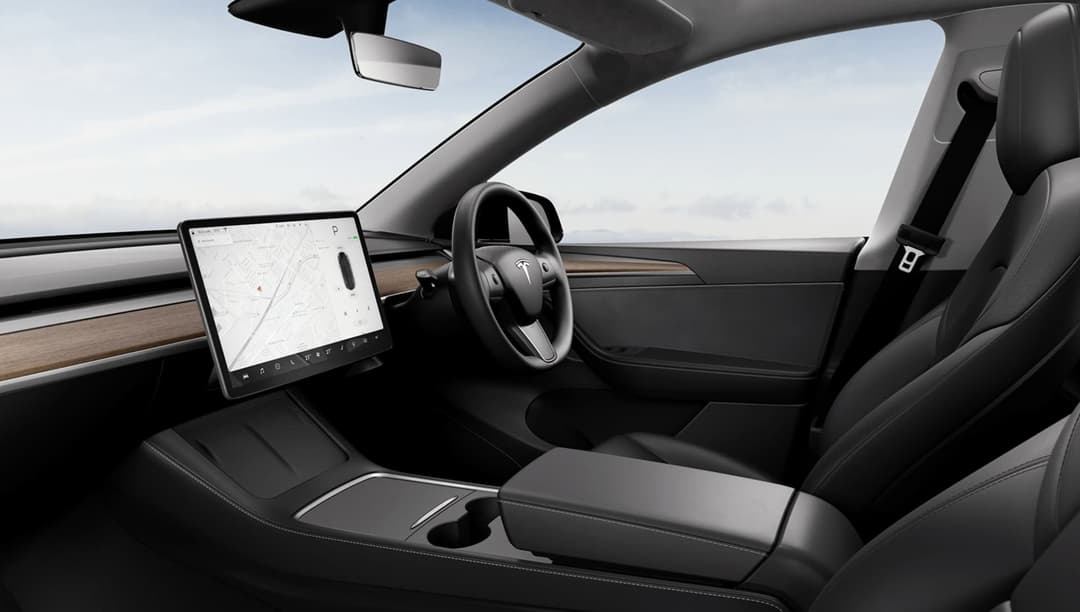
Tesla pioneered the large touchscreen in 2012 with the original Model S sedan and continues to lead he industry when it comes to in-car technology – for better and for worse.
The Model Y’s 15-inch infotainment system is home to the speedometer, climate control and every other vehicle control – except the doors and window switches – to allow a minimalistic interior design.
While it still lacks Apple CarPlay and Android Auto smartphone projection systems, its built-in software features Google Maps; Spotify; Apple Music; YouTube; arcade games; dash cam, sentry- and dog mode. Though, some features are locked behind a $9.99 per month Premium Connectivity subscription if you don’t want to use your phone’s hotspot.
Regular over-the-air (OTA) software updates have changed the user interface, introduced new handy features and fixed bugs – unlike some other automakers which don’t bring much with OTA updates.
The Tesla mobile app also packs in a host of remote vehicle monitoring and control functions, is known to send commands quickly, and even replaces your car keys (or key cards) using Bluetooth.
Tesla EV chargers
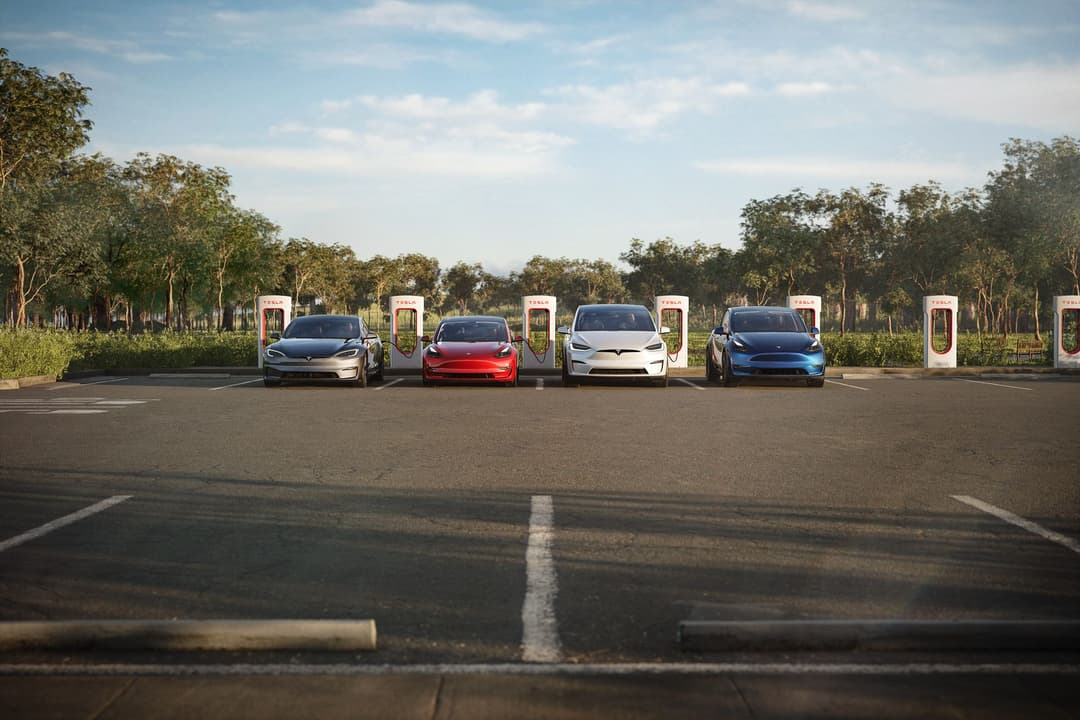
Most Tesla Superchargers in Australia remain exclusive to Tesla EVs, even though some sites are starting to open up to all electric car models.
This allows the Model Y SUV to access nearly all public EV charging stations in the country using its standard Type 2/CCS2 port – including many slow AC Tesla Destination wall box chargers.
The built-in Google Maps navigation also conveniently adds Supercharger stops automatically along the route and displays how many Tesla electric cars are charging live.
However, keep in mind that Superchargers are the most expensive public EV chargers in Australia priced at $0.66 to $0.69 per kWh and almost on par with filling up a tank of petrol. If you’d rather save money on EV charging, check out our handy guide.
The popularity of Tesla EVs also means, during peak holiday periods, long queues form at key corridor Supercharging sites – despite having more stations at each location than other providers such as Chargefox, Evie Networks and AmpCharge.
On the other hand, only Tesla implements charger idling fees in Australia at $0.50 per minute when the station is at 50 per cent capacity in-use or $1.00 per minute when the station is fully occupied.
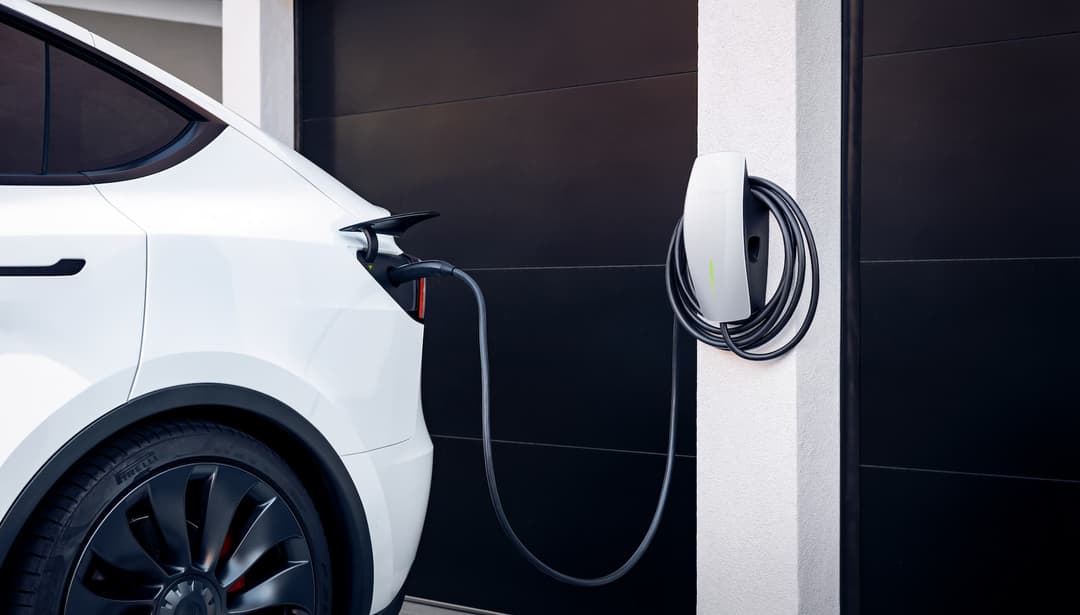
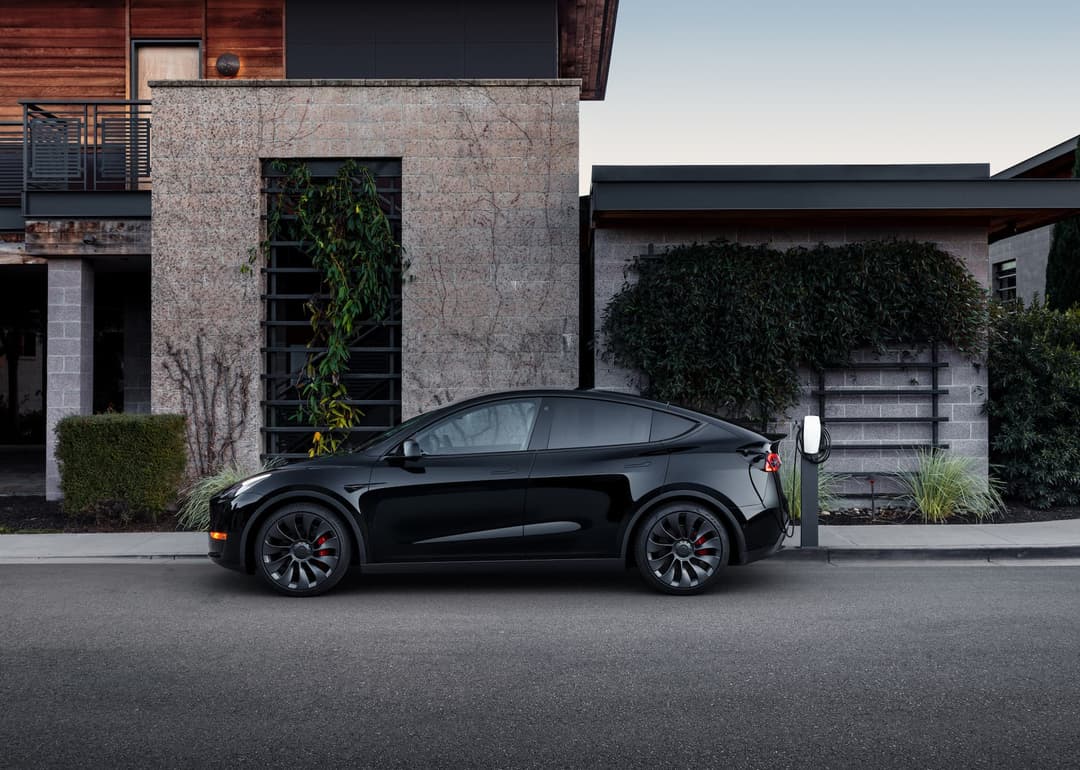
Tesla also sells its in-house home charging equipment, which can be purchased with the Model Y electric car without needing to outsource from anywhere else.
The Tesla Wall Connector ($750) is a level 2 wall-mounted charger that outputs at up to 11kW AC speeds when on three-phase, 16-amp power to fully recharge a Tesla EV overnight.
However, it's worth noting that the three-pin trickle charger usually included in electric cars is no longer included with new Model Ys.
The Tesla Mobile Connector ($550) accessory is a level 1 portable AC charger with a six-metre long cable, which can output up to 1.8kW on a 10-amp adapter or 2.6kW on a 15-amp power source.
Tesla Model Y FAQs
Datawrappers by Danny Thai
About the author
Stay up to date with the latest EV news
- Get the latest news and update
- New EV model releases
- Get money savings-deal

